The environmental impacts of coal mining don’t end when the digging stops.
As we transition to a world powered by energy from the wind and sun, coal mines across the continent will close. Some already are – like Victoria's Hazelwood coal mine.
Coal mining leaves behind giant mine pits filled with toxic coal ash and waste – and mine operators must be responsible for cleaning up their mess.
But all too often, mine operators try to set their own standards for mine rehabilitation, cut corners and dodge their responsibilities.
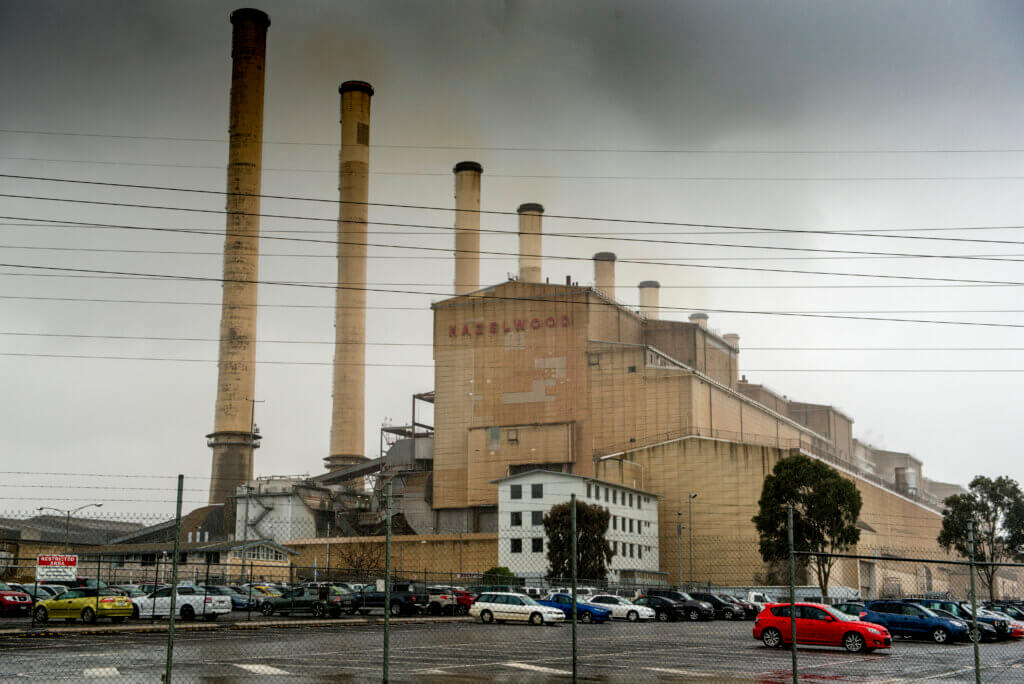
In Victoria, three huge coal mines need rehabilitation in coming years.
Properly rehabilitating these mines is a significant opportunity for the region – creating good local jobs, diverse and resilient economic opportunities, connecting communities, restoring the land, improving biodiversity and creating vibrant places the whole community can enjoy.
Manage this wrong and mining companies will cut and run, leaving the community to deal with a toxic legacy of degraded and contaminated landscapes, perpetually hazardous environmental risks and serious ongoing health problems.
Our work

A toxic pit lake at Hazelwood
Six years after Hazelwood closed, the mine's operator Engie is still working out how to rehabilitate the massive mine site.
We're working with the community to closely scrutinise all rehab plans at Hazelwood. We're pushing for the best outcomes, and a good precedent for mine rehab across the country.

Latrobe Valley Regional Rehabilitation Strategy
All of the coal mines and power stations in the Latrobe Valley are scheduled to close in the next decade, leaving behind toxic mine sites to clean up.
We're working with decision makers and the community to make sure there are solid, detailed plans to clean up the Valley.

Debunking coal-to-hydrogen
Coal pollutes our air and water and damages our climate – no matter how it's used. Coal-to-hydrogen is a marketing ploy that corporations roll out, hoping to delay the transition to renewable energy.
We're exposing and challenging coal-to-hydrogen greenwash so it doesn't derail genuine climate solutions.
Cleaning up properly
Before disused coal mines can be transformed into areas with community and environmental benefits, the companies that own them must undertake thorough rehabilitation, restoration and active management - long after the mines have closed.
Massive open cut mines across Victoria's Latrobe Valley needs rehabilitation over the next two decades.
Right now, coal mine operators are required to convert the former mine site to a physically safe, stable and sustainable condition, but rehabilitation plans must also consider community views expressed during consultation.
That's why it's critical the community has a say in how all mines are rehabilitated to create the best possible social, environmental and economic outcomes for the local community.
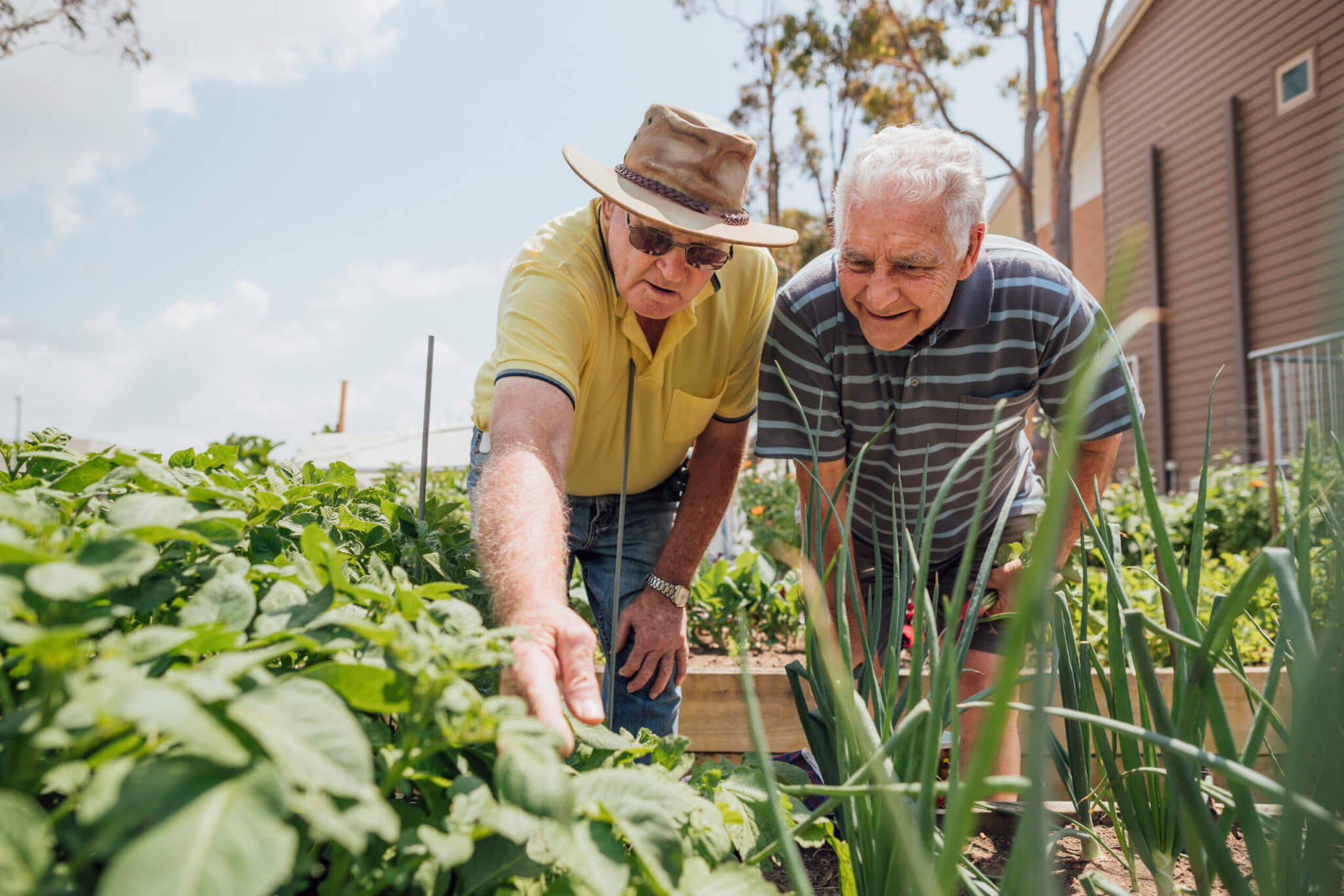
Long-term benefits for people and nature
Cleaning up needs to include rights for Traditional Custodians to care for Country, restoring damaged ecosystems back to health, and ensuring what comes next benefits Latrobe Valley communities for the long-term.
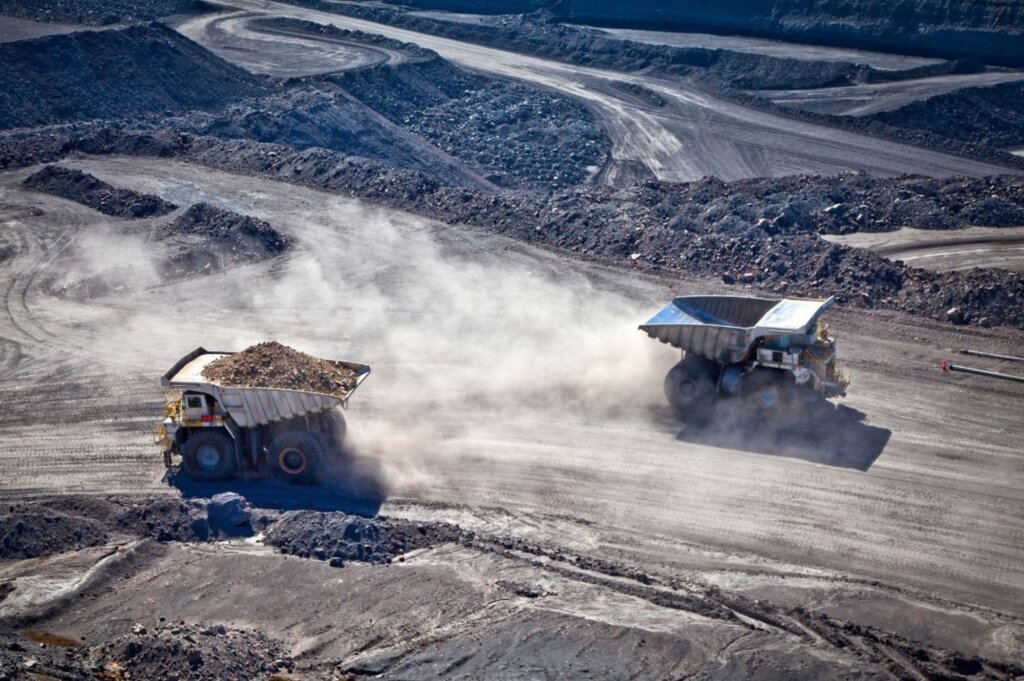
Accountability for mining companies
Mining companies have dominated the Latrobe Valley for generations and taken record profits. They must be held accountable for cleaning up, so the community is not left with the clean up bill.
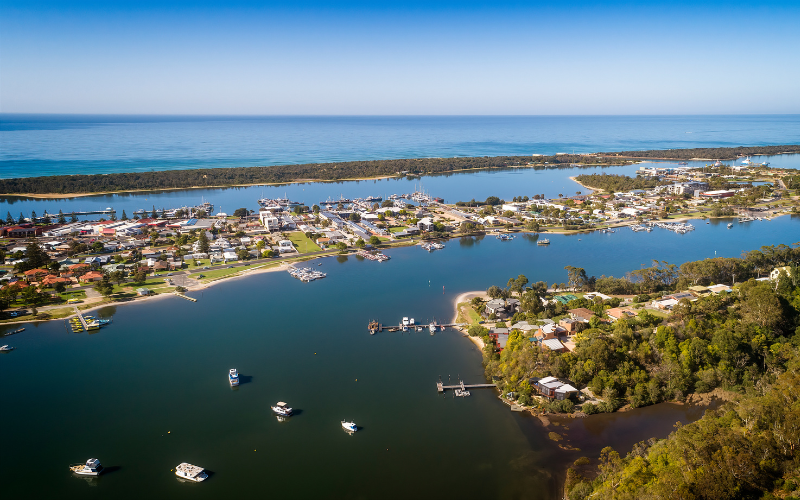
Strong legal frameworks for rehabilitation
To manage this process, the Victorian government and regulators must create a strong, enforceable legal framework for rehabilitation, with serious penalties for non-compliance.
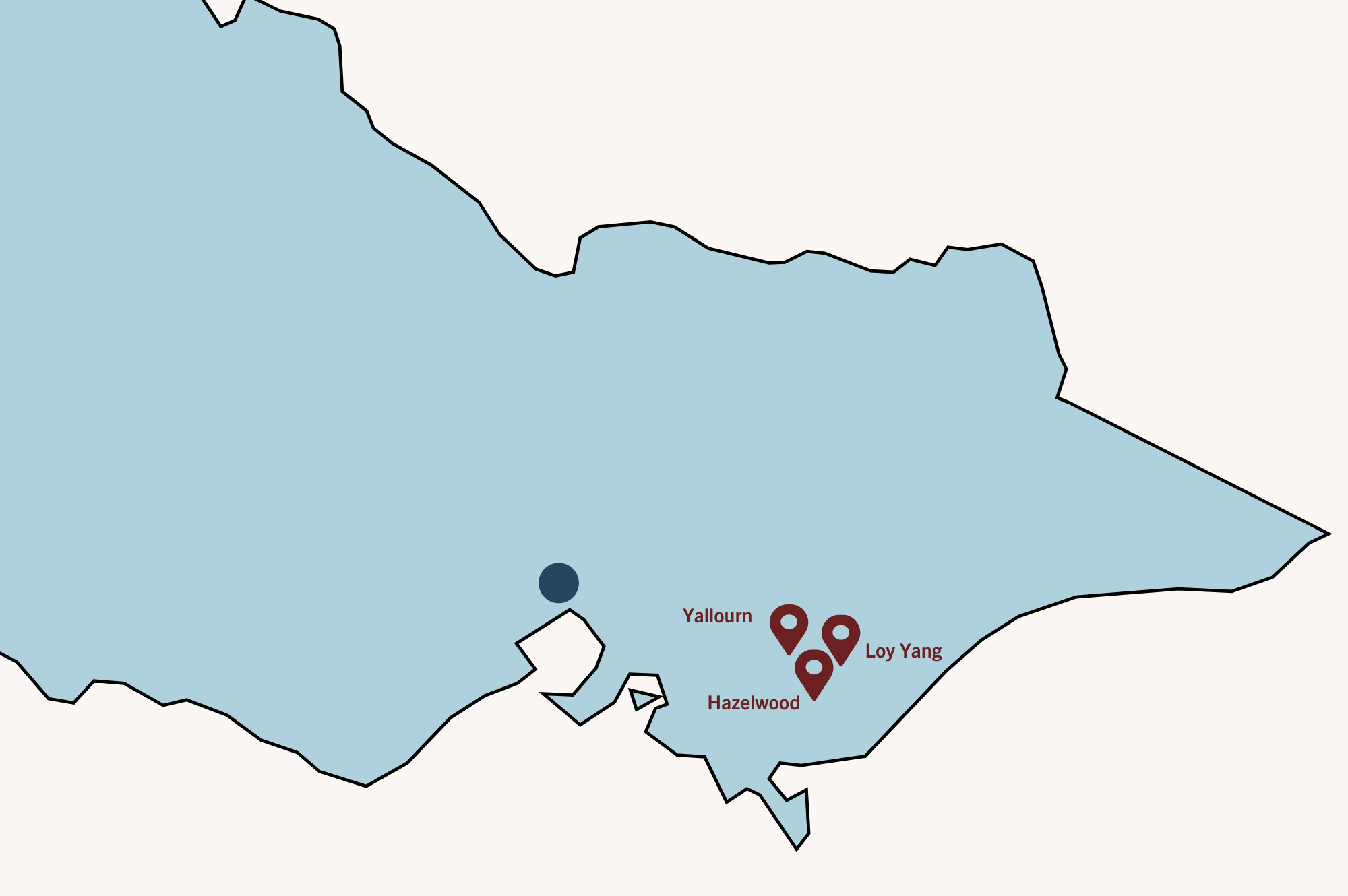
Coal mines in the
Latrobe Valley
Rehabilitation plans are underway for all three brown coal mines in the Latrobe Valley, including plans to flood the mine voids with water from the Latrobe River system.
Community groups have already successfully increased scrutiny and requirements for consultation on coal mine operators' rehabilitation plans.
But there are still many unknowns, and the stakes are high. Mine rehabilitation in the Latrobe Valley will impact the community for decades to come - and could shape how mines across the continent are cleaned up.
Explore the map to learn more about each mine
Hazelwood
When the Hazelwood coal mine closed in 2017, it left behind a giant hole and tonnes of toxic coal ash.
Seven years after Hazelwood closed the mine's operator, French-owned company Engie, is still working on plans to rehabilitate the mine site.
Engie plans to flood the mine pit – which contains toxic coal ash – with freshwater taken from the Latrobe River, without removing the toxic coal ash.
Their plans – including the potential water source for filling the lake – is currently undergoing the Environment Effects Statement process in Victoria and is being scrutinised by the Federal Government (under the ‘water trigger’ process in the Environment Protection and Biodiversity Conservation Act 1999 (Cth) (EPBC Act)).
Under the EPBC Act the Federal Minister for the Environment can refuse approval of the rehabilitation plans or grant approval and with conditions. Whereas, under the Environment Effects Statement process following public consultation and a (likely) public hearing the Minister for Planning will prepare an assessment of impacts of the rehabilitation plans which will be considered when the Victorian government determines whether to approve the rehabilitation plan and grant any required permissions.
Read more about getting Hazelwood rehab right.
It will take an estimated 637 gigalitres of water to fill the Hazelwood mine void.
Engie claims it will take 10-20 years to fill the mine, but in a worst-case scenario it could take up to 35 years.
Engie wants to use a range of available water resources, using groundwater, surface water and any other approved water sources. Engie plans to use about 50% of its water fill with groundwater.
The Hazelwood mine void sits above a ground water source. Engie says it plans to pump groundwater for decades to fill the mine void.
Engie has an existing commercial agreement with Gippsland Water for access to surface water that would allow surface water to also be used for the fill process.
Engie has also said that it is exploring the potential of gaining water through some excess flood flows from the Morwell River. The impacts of using these water sources are being assessed under the EES.
The community has concerns that Engie wants to dodge its responsibility and cut corners on properly rehabilitating Hazelwood.
Flooding the mine would take almost two decades and will use more water than is in Sydney Harbour – 637 billion litres – plus another 4 to 6 billion litres every year just to offset the evaporation.
The Federal Government has said Engie's current plans for Hazelwood will result in a toxic pit lake that's unfit for any human contact within decades and the community has demanded better alternatives to Engie’s plan.
Engie’s Hazelwood mine rehabilitation plans are currently under scrutiny of the Environment Effects Statement and the Federal EPBC Act’s ‘water trigger’ processes to understand what effect Engie’s plans could have on the environment and community in the Latrobe Valley.
Depending on this assessment, Engie have said in addition to creating a pit lake in the mine void that they also plan to:
- Complete draining and rehabilitation of the cooling pond (a human-made lake supporting power station and mine operations) to be suitable for alternative uses.
- Rehabilitate the land to be suitable for alternative uses, dependent on a range of factors, including contamination, land stability and locations etc.
- Explore ownership and use of currently leased land
EJA are unable to comment on the veracity of these plans which will depend on the outcome of regulatory processes.
Loy Yang
Loy Yang coal mine is Australia's largest brown coal mine, supplying coal to both Loy Yang Power Stations.
It will take an estimated 1,182 GL (2 x Sydney Harbours) of water to fill the Loy Yang mine void if it is closed by 2035.
AGL’s Loy Yang A power station is set to close by 2035 but Alinta’s Loy Yang B power station is scheduled to operate until 2047. The coal that powers Loy Yang B is sourced from Loy Yang mine, however we understand that AGL preparing to close the mine by 2035.
Currently, AGL proposes to take water from the Latrobe River system. The estimated breakdown of water quantities is:
- Total surface water: 630GL
- Total ground water: 462GL
- Allowance for evaporation: 90GL (in total for fill period)
- Ongoing top up requirements (due to evaporation): 6GL per year
AGL recently applied for a bulk water entitlement to rehabilitate the mine, seeking access to water from 2035.
The Victorian Department of Energy, Environment and Climate Action (DEECA) have indicated that the application will be made public for community consultation early this year. The application could take 6-12 months for approval.
Though AGL is still developing rehabilitation plans for its Loy Yang coal mine, there is some indication of the long term vision for the site's rehabilitation which will likely include the formation of a pit lake.
Any rehabilitation plan will subject to regulatory processes, including likely an Environment Effects Statement and scrutiny by the Federal Environmental Minister under the EPBC Act’s ‘water trigger’.
EJA understands the Latrobe Valley community want to ensure that all rehabilitation options for the mine have been investigated so that mine rehabilitation provides the best social and environmental outcomes for community.
Yallourn
Yallourn is the oldest and shallowest of the three coal mines to be rehabilitated.
Unlike the other two mines, the Morwell River is diverted through the centre of the mine site via an aqueduct.
The estimated volume of water required to fill the Yallourn mine void is 630 GL.
This is a reduction on initial estimates of 725 GL, due to the mine's closure date being brought forward to 2028.
There is some indication that in 2024 Energy Australia will apply (like AGL has) to access surface water from the Latrobe river system for the purposes of filling the mine pit, however this has not been confirmed yet.
Energy Australia also plans to create a pit lake in the mine void. Any rehabilitation plan will subject to regulatory processes, including likely an Environment Effects Statement and scrutiny by the Federal Environmental Minister under the EPBC Act’s ‘water trigger’.
EJA understands the community want to ensure that all rehabilitation options for the mine have been investigated so that mine rehabilitation provides the best social and environmental outcomes for community.
Our work on coal pollution
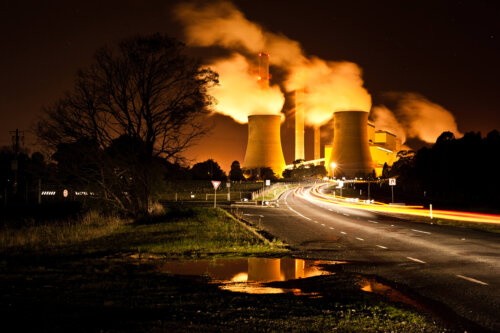
Coal pollution
Communities who live near coal-fired power stations suffer an enormous health burden from pollution. We’re advocating for stronger air pollution laws and standards, and better regulation for coal-fired power stations.
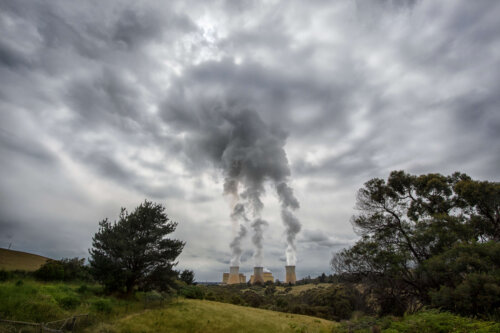
The Victorian coal pollution case
The case challenging the EPA and three huge power station operators over air pollution
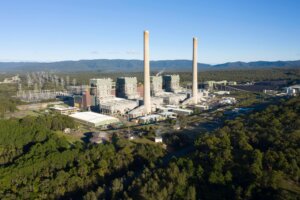
The health burden of coal-fired power in NSW
In NSW, there are five coal-fired power stations pumping out some of the most toxic pollutants for human health, and impacting people right across the state.
The latest

Engie must not be allowed to cut corners on Hazelwood clean-up
Read More

Toxic coal ash dumps leave Latrobe Valley communities at risk
Read More
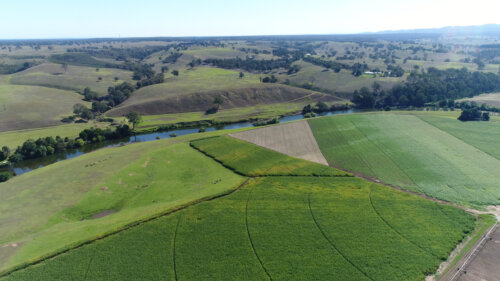
New laws must hold all mining corporations accountable to clean up their toxic mess
Read More
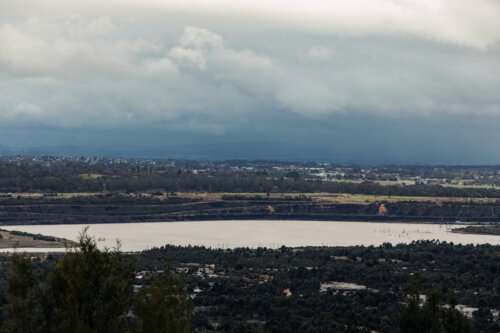
Federal government pulls ‘water trigger’ over controversial plan to flood Victorian open-cut coal mine
Read More
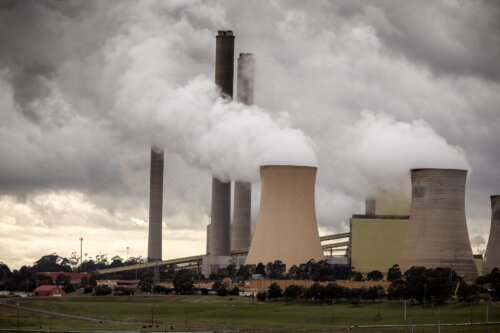
Victoria’s new mine rehab regulations a win for community, but there’s more work to do
Read More
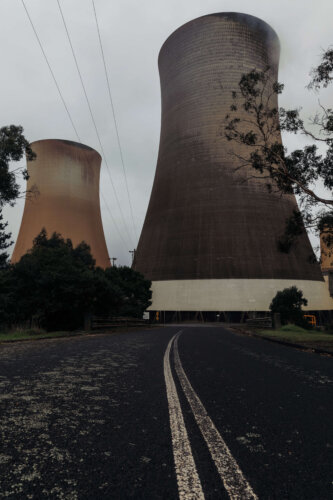
Victoria has a responsibility to set a national precedent in the shift from coal
Read More

